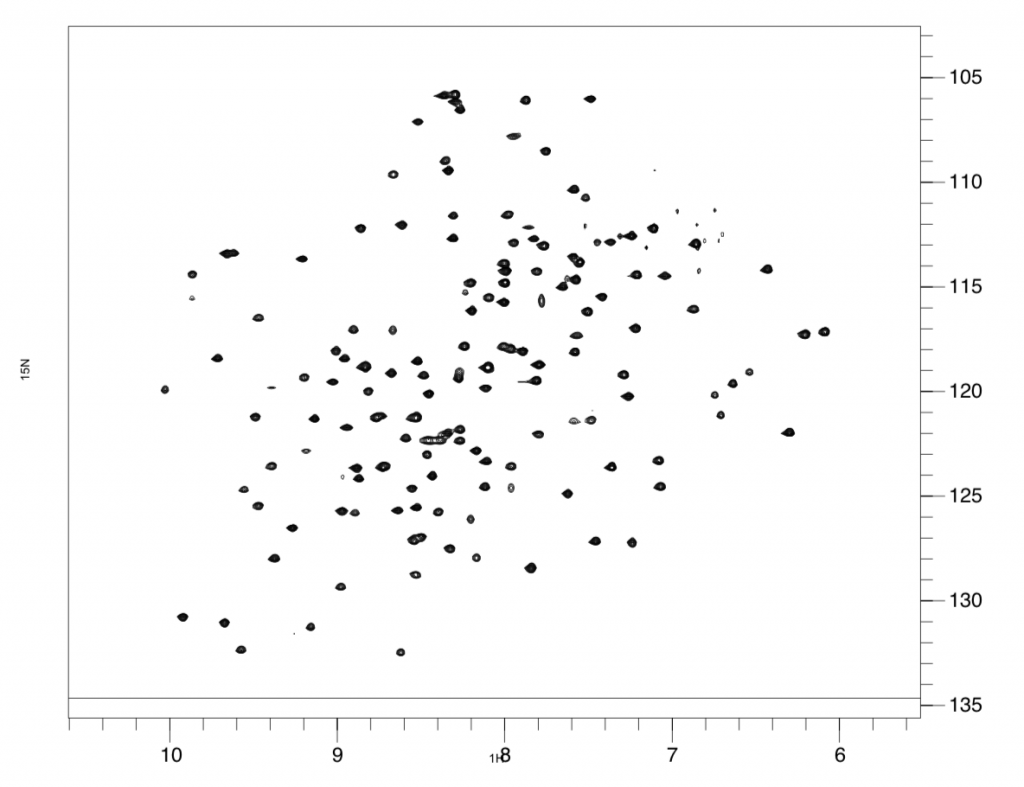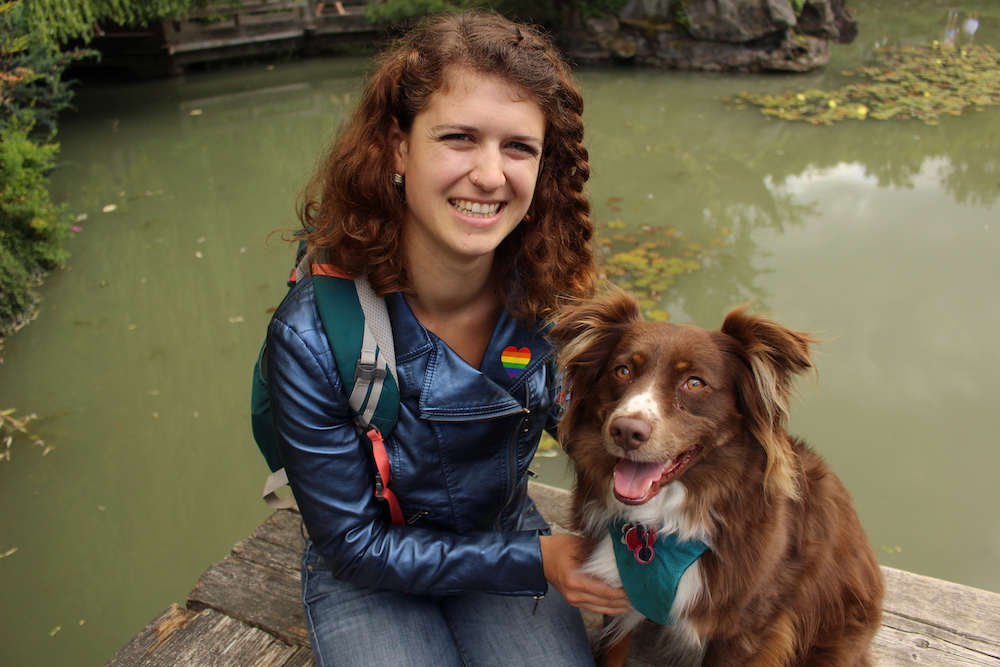“I like to think of them as the corals of estuaries,” says Megan Considine as she describes the role that oysters play in coastal systems all over the world. Megan is a first-year Marine Resource Management Masters student who is working on a project to map the distribution of an invasive mud worm (Polydora websteri) that infects native shellfish such as the commercially grown Pacific oyster (Crassostrea gigas) and wild populations of Olympia oysters (Ostrea lurida).

Megan explains that these tiny worms don’t make the oyster meat inedible, as infected populations can still be harvested and sold for canning, but they do become unmarketable on the half shell. This is because the worms crawl between the inner shell surfaces, and the oyster then grows new shell material over it to wall off the invader. The worm then deposits muddy material or debris into the shell pocket and essentially creates a blister. Although these blisters are not known to negatively impact the oysters themselves, they are not exactly aesthetically pleasing to the consumer. This is what is really hurting the multi-million dollar industry and the main reason stakeholders from Alaska, Washington, Oregon and California are all working together to detect and prevent further spread of the worms.

Dr. Steve Rumrill is the Shellfish Program Leader at the Oregon Department of Fish and Wildlife (ODFW) and as courtesy faculty of Hatfield Marine Science Center is Megan’s primary advisor. Working with ODFW, Megan visits shellfish farms located in estuaries along the Oregon coast and picks up oysters which are inspected for worms. If found, samples are then sent to a lab in Washington for genetic analysis to confirm infestation. Megan says that farmers may not even know their oysters are infected and she hopes to expand her work beyond just ecological sampling to outreach and mitigating an emergent problem.
“I want to create an education piece in Spanish and English, so that farmers can be aware of when their oysters are infected.”
Megan’s passion for education goes far beyond aquaculture. Getting back to her coral analogy, oysters are not just important to aquaculture here in the Pacific Northwest. Ecologically, they are incredibly valuable wherever they occur both when living, for example, filtering the water column, but also after they die. Their calcium carbonate shells provide the foundational habitat that supports an incredible diversity of estuarine life.
For a long time in oyster restoration efforts, it’s been understood that substrate is a primary limiting factor in supporting this reef-building capacity of oysters. According to Megan, in the PNW, they were just completely overharvested during the Gold Rush era. In addition to her work on invasive mud worms in oyster farms, Megan is also a part of efforts to restore natural oyster populations in Oregon, specifically at Yaquina Head. And this is an area of research Megan has been passionate about for some time.

Originally from Virginia Beach, Megan recalls her time as an elementary school student being tasked along with her classmates to monitor the growth of a bag of oysters donated by a local non-profit. Along with studying their entrusted specimens, she says that they would also engage in other activities about estuarine ecology surrounding oysters in the Chesapeake Bay. This hands-on experience would come full circle when after completing her undergraduate studies at the University of South Carolina, Megan had the opportunity to intern with the same organization, Oyster Reef Keepers, that sponsored the oyster education program in several schools, leading kids through many of the same activities that sparked her early fascination with estuary ecosystems and marine science.
Although a more well-known issue on the East coast, Megan explains that oyster habitat degradation is a world-wide problem and she came to Oregon State to expand her knowledge of its effects in other places. She says that oyster restoration hasn’t had as much momentum here in the West because aquaculture has been the focus, but it’s gaining traction. Concern over threats like climate change to coastal ecosystems have supported this trend. Although oysters are less sensitive to climate change impacts like ocean acidification than corals are known to be, it still may compromise their ability to cope with other direct threats, such as invasive species.
At Yaquina Head, Megan is working with an artist from the East coast named Evelyn Tickle who makes concrete tiles to be used in oyster reef restoration that are designed to mimic natural oyster beds. These one square foot tiles differ from the cinder block structures that have been used to provide substrate for the oysters to grow on in the past by providing a more complex structure made of compounds like calcium carbonate. Overall, the tiles give oysters a better chance to establish amidst other stressors.
Megan has been so inspired by Evelyn’s work that she has begun working with two other OSU students, Chad Sullivan and Nicolás Gómez-Andújar, to develop other biomimicry concrete structures for future restoration efforts that support the erosion and storm mitigation services that both oysters and corals provide to coastal systems. They are calling themselves the Urban Reef Lab.

“The idea is that instead of using simple and smooth breakwater structures or sea walls, we can incorporate textures and shapes that are designed for specific organisms. So, working with nature rather than against. For instance, if the goal is oyster settlement we would use the appropriate texture such as crevices and pits. The designs can also be used as hard substrate for coral outplants or for oyster restoration efforts, like the Yaquina Bay project.”
To learn more about Megan’s research and outreach goals beyond her graduate work, tune in to KBVR 88.7 FM or stream online April 19, 2020 at 7 P.M.













